In the field of time data, open global competitions, known as the M competitions, are organized with the intention of evaluating and comparing the accuracy of different prediction methods proposed by researchers and companies. In the competition held in 2018, the M4 competition, which consisted of the prediction of one hundred thousand time series with different measurement frequencies and different time horizons, the method that obtained the best predictions was a hybrid prediction method between a neural network and a statistical model proposed by Uber, and the second best method was a combination between a machine learning model and a statistical model proposed by a researcher from the University of La Coruña. These results obtained on such a large amount of temporal data, together with the ability to learn hidden relationships in the data that deep learning has demonstrated, motivate the development of hybrid models and ensemble models between different deep learning architectures and between deep learning models with other machine learning prediction methods in order to obtain more effective predictive models.
However, one of the main disadvantages of deep learning models is precisely their high computational cost required for training, and therefore deep learning models proposed for real-time environments are scarce in the literature and a field of research to be developed.
Thus, the main objective of our project is to develop deep learning models for temporal data in order to obtain predictive models that are more effective and efficient enough to be applied in real time. Therefore, our main objectives are, firstly, to improve efficiency through the fusion of different representations of temporal data and the fusion of models, in particular by developing hybrid models and ensemble models, and secondly, that the deep learning models we develop can be applied in real time through the design of dynamic ensembles and the improvement of efficiency through transfer learning, which will be one of the paradigms that will revolutionize the world of commercial applications in the coming years.


